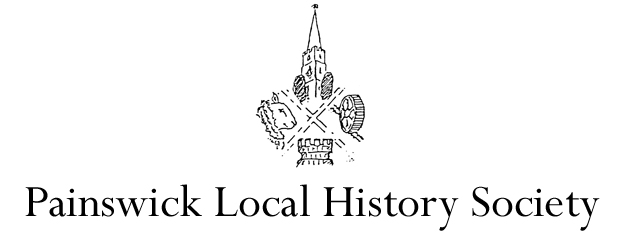At the February meeting of the Society Dr Steven Blake gave a truly eye-opening presentation on the wealth of interest along the Cotswold Way. Taking a thematic approach he covered the rich heritage of ancient monuments to be seen such as Belas Knap, four and a half thousand years old and still retaining some original stonework, and Hetty Peglars Tump at Uley. Then on to those representing the Iron Age hillforts, such as Crickley Hill and Old Sodbury, and on to the Roman occupation represented by villas and large farmsteads, Witcombe Villa being a superb example.
Winchcombe was a very important town in Mercia during the Anglo-Saxon period. Its magnificent Benedictine abbey has gone but together with Hailes Abbey was probably on the route trodden by medieval pilgrims. Some wonderful smaller medieval churches such as that close to Hailes are by contrast in excellent condition. In fact, the church, especially from the 12th and the 16th centuries is a continuous feature along the Way as is the manor, for example that at Stanway. The two are often juxtaposed, perhaps the most spectacular example being at Dyrham.
The Black Death, the Reformation, the Civil War etc are evident in one form or another along the 100 mile route as are famous men and women often represented by monuments such as Broadway Tower, Tyndale monument at North Nibley and Sudeley Castle (the Tudors). Closer in time, the agricultural and industrial revolutions are evident especially in the Stroud area with its mills and railway.
And finally, there are many WW2 features and the nuclear bunkers at Broadway. Three seasonal events not to be missed along the Way – Clipping at Painswick, Cheese Rolling on Coopers Hill and the Cotswold Olympic Games at Camden.
Members agreed – a walk along the Cotswold Way will be a richer visual experience fromnow on!
